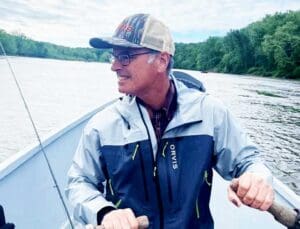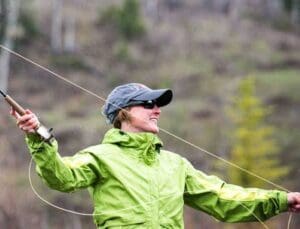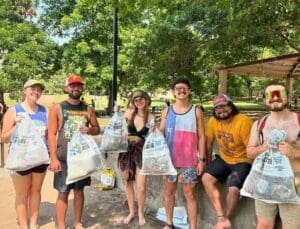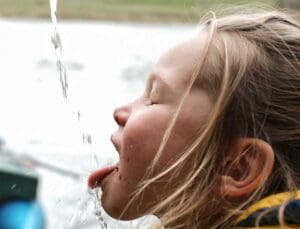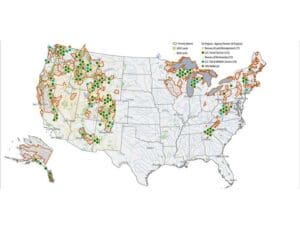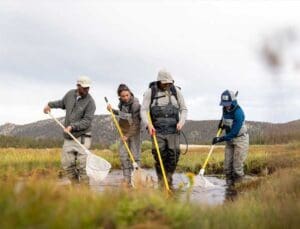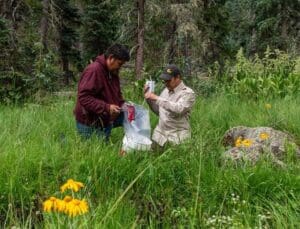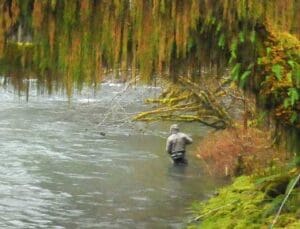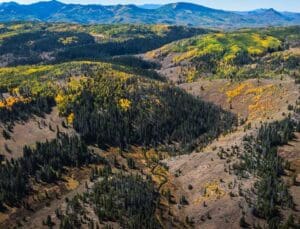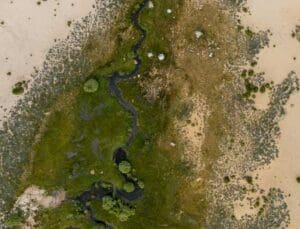Restoration stories
WITH YOU, WE REVIVE
PLACES THAT MATTER
WITH YOU, WE REVIVE
PLACES THAT MATTER
Every river needs a champion. Your support helps advance hundreds of collaborative restoration projects across the country. TU is leading the charge to deploy tactics that are strategic, collaborative, science-driven and built on tried-and-true models that can be scaled. Read more about projects on TU’s Priority Waters website.
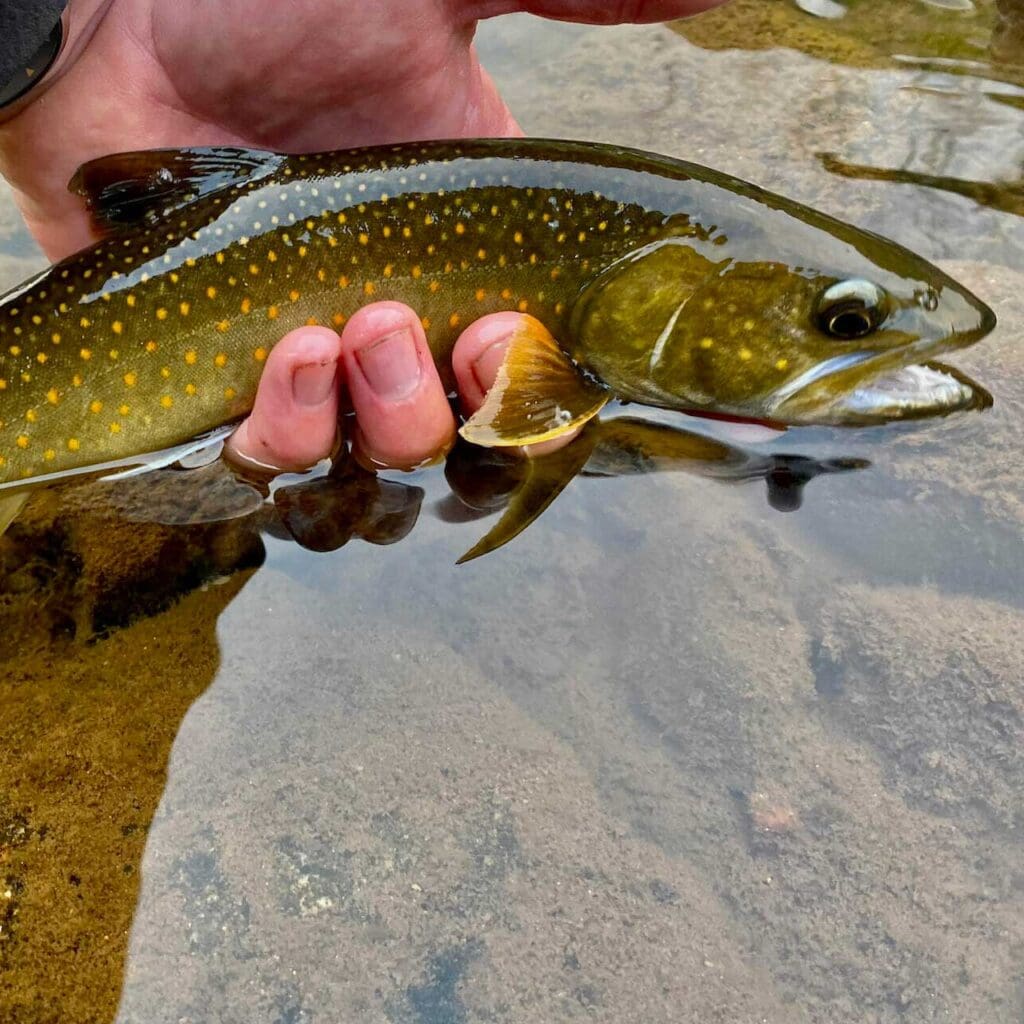
MONTANA: Expanding Innovative Fish Passage for Treasured Bull Trout
Because of their sensitivity and need for high-quality habitat, Montana’s bull trout are considered an indicator species for the health of the ecosystem. In Montana, the rare glimpse of a large bull trout is known to leave an angler in awe. Warm Springs Creek is the strongest remaining bull trout holdout in the Upper Clark Fork drainage. TU and partners have completed unique fish passage projects and replaced outdated diversion dams with the aim to reconnect 64 miles of critical bull trout habitat.
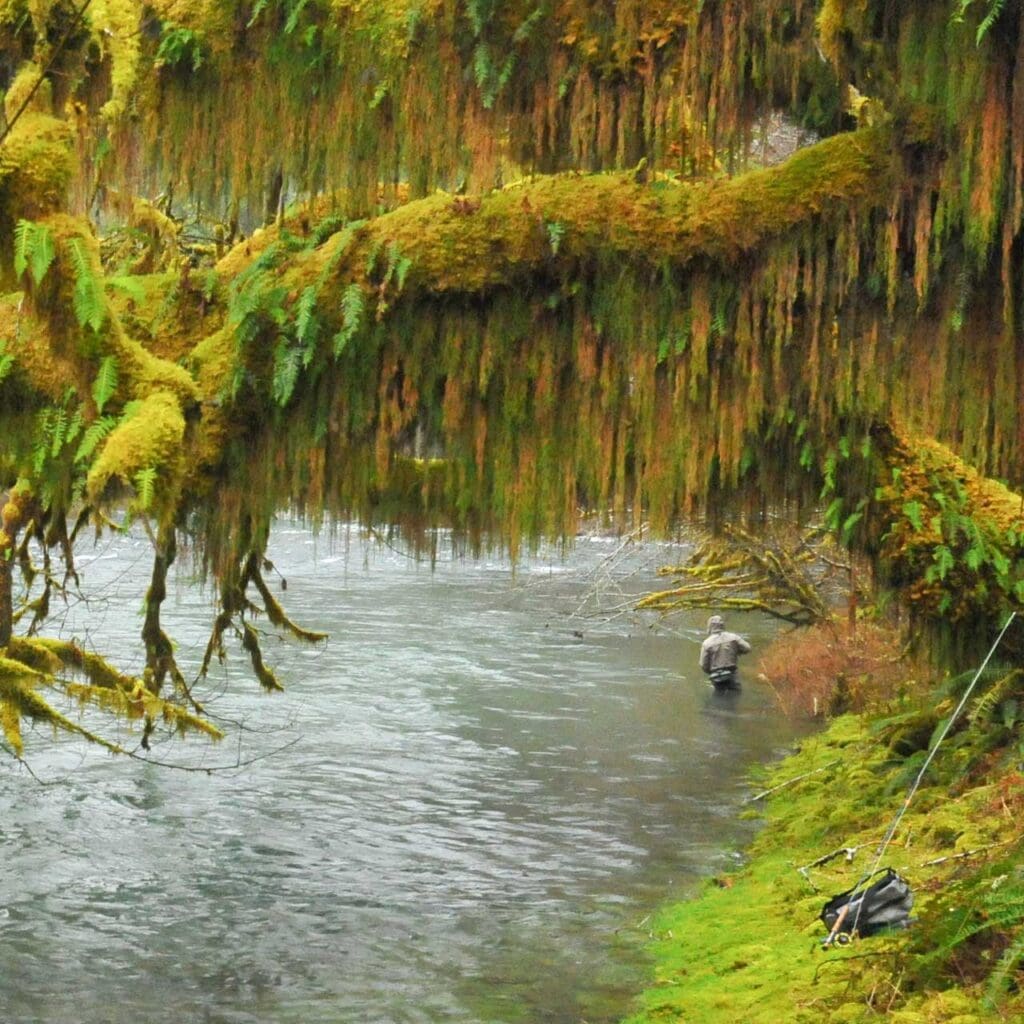
WASHINGTON: Reconnecting the Olympic Peninsula
On the Olympic Peninsula, more than 4,000 culvert barriers block salmon and steelhead passage critical spawning habitat. TU and the National Oceanic Atmospheric Administration (NOAA) partnered to replace eight major barriers as a part of the Coldwater Connection Campaign to reconnect 125 miles of high-quality salmon and steelhead streams on Washington’s coast. The project opened over seven miles of habitat for spawning and rearing and increased capacity for the Hoh Tribal community to work on salmon restoration. The effort will improve spawning and rearing habitat for commercially and recreationally important salmon species. Project partners include the Wild Salmon Center, the Coast Salmon Partnership, the Quileute Tribe, the Quinault Indian Nation, the Hoh Tribe, and others.
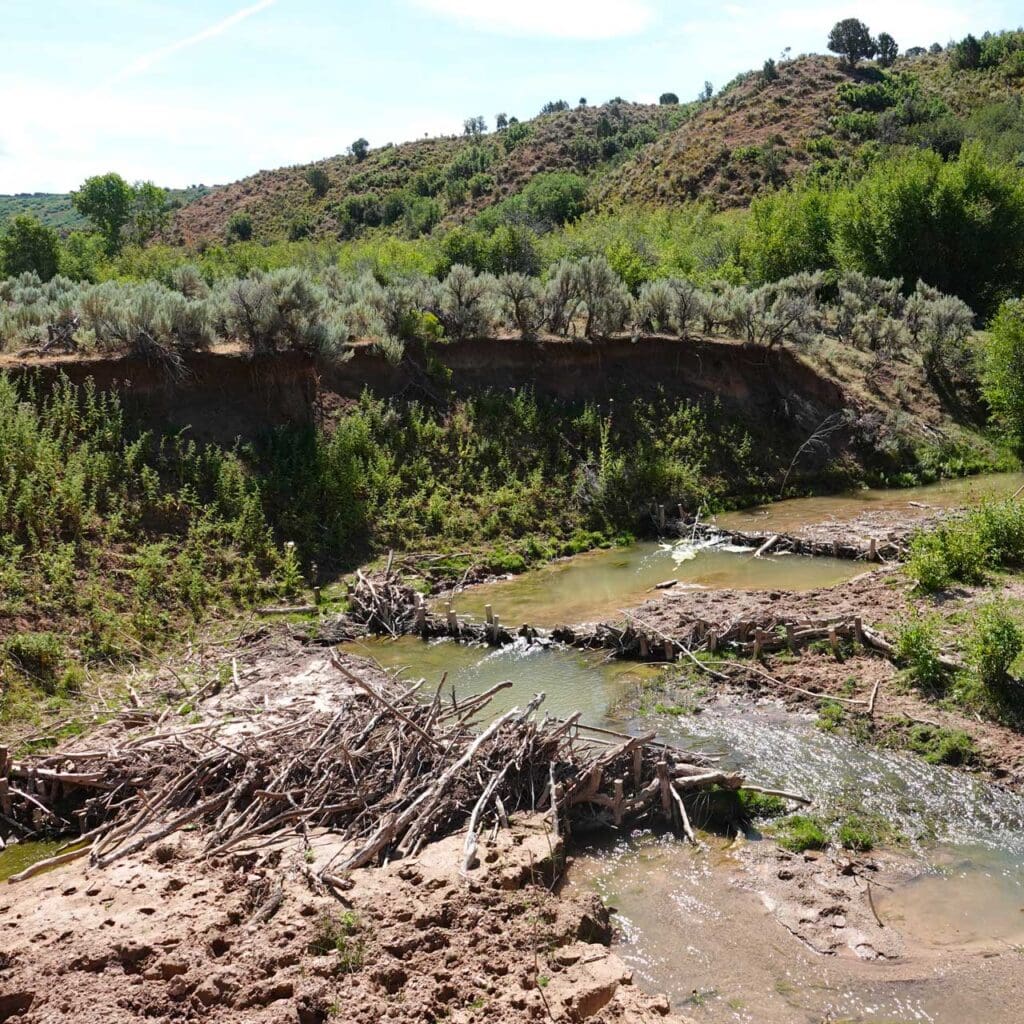
UTAH: Mimicking Beavers to Restore Headwater Streams
In Utah’s Weber River Basin, we are restoring headwater streams using beaver dam analogs (BDAs) to improve water quality, reconnect habitat, and enhance stream function. During field season, over 70 beaver dam analogs were installed, with nearly 500 planned for future seasons. Together, these efforts will restore more than 10 miles of streams. TU expanded our reach into over 10 new streams, addressing critical areas like Echo Creek, which contributes sediment and nutrients to the lower Weber River. This cost-effective approach fosters healthier waterways and thriving habitats.
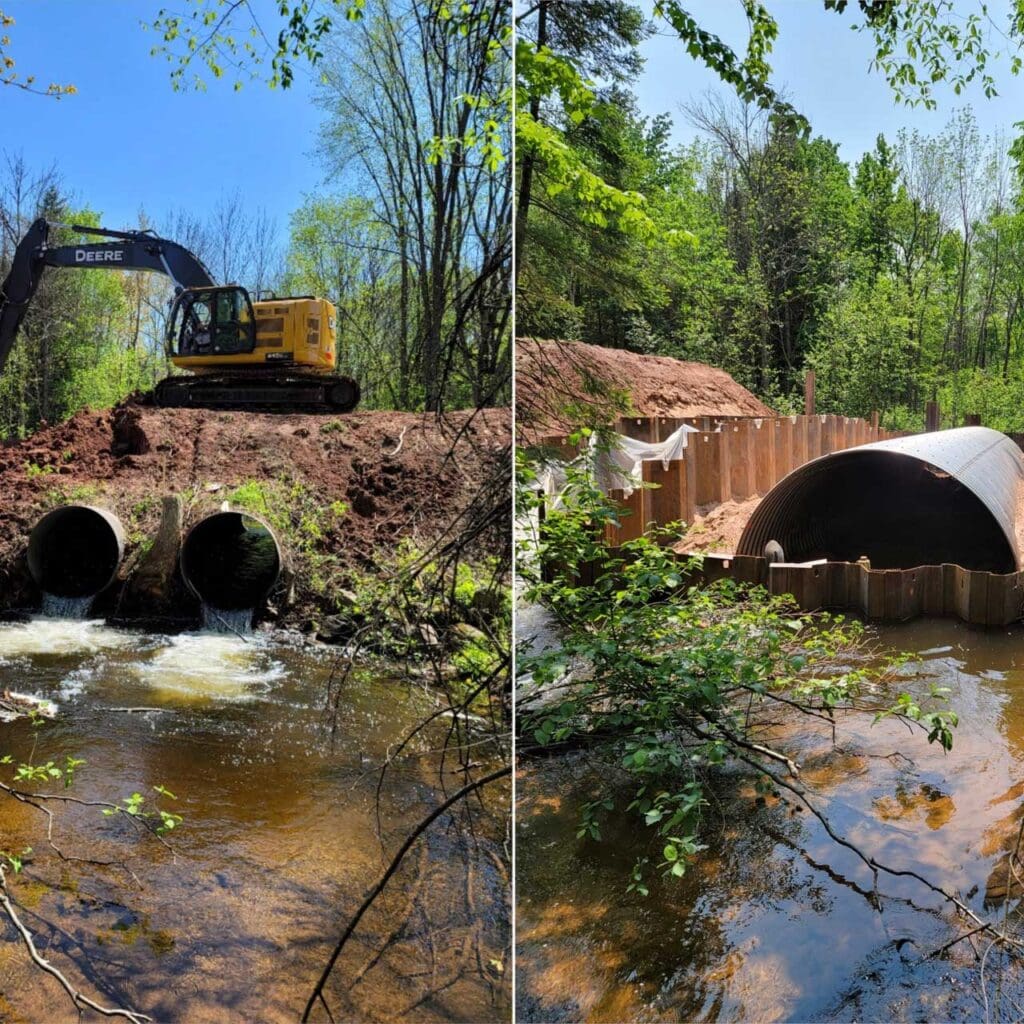
MICHIGAN: Clearing the Way for Native Brook Trout
The Upper Peninsula (UP) of Michigan is at once timeless and nostalgic, where cedar swamps and pine forests collide on a relatively narrow strip of epic land stretching along Lake Superior’s southern shoreline. In the UP, we replaced a set of small, perched culverts at a road-stream crossing on Trout Creek (pictured right) that created a passage barrier, opening 7.5 miles of high-quality habitat to native brook trout.
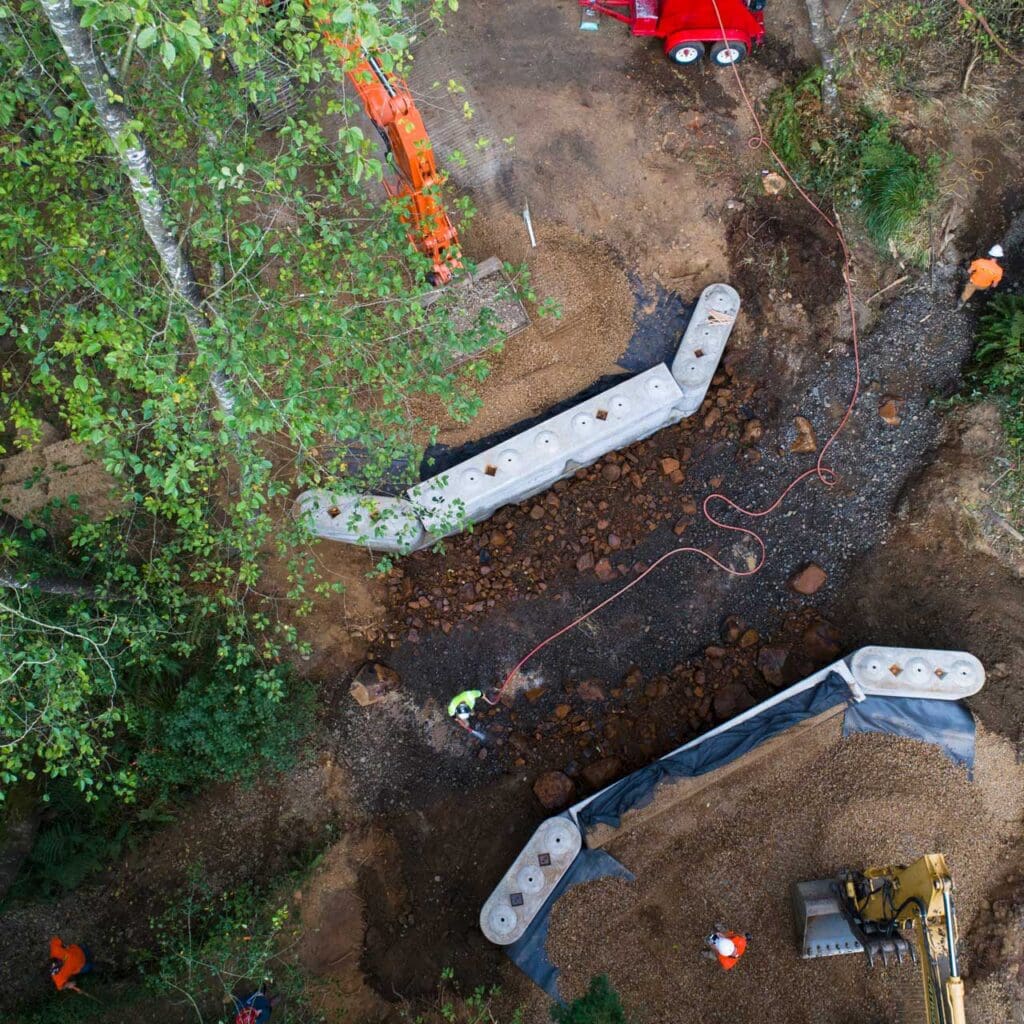
Photo by Salmon SuperHWY
OREGON: Building Highways for Salmon
Since 2014, TU and our partners with the Salmon SuperHwy (SSH) have shared a vision of reconnecting over 180 miles of historic spawning and rearing habitat for salmon, steelhead and other native species on the rivers of Oregon’s North Coast. Some of these rivers include the Tillamook, Trask, Kilchis, Wilson, Miami, Nestucca, Little Nestucca, and streams of the Sand Lake Region. This work also reduces catastrophic flood risks that cut off communities in Tillamook County.
In the last year, we removed four barriers allowing six species of ocean-going fish to return to their historic habitat. We have now achieved a total of 54 completed projects out of the 93 planned, successfully reconnecting over 132 miles of habitat.
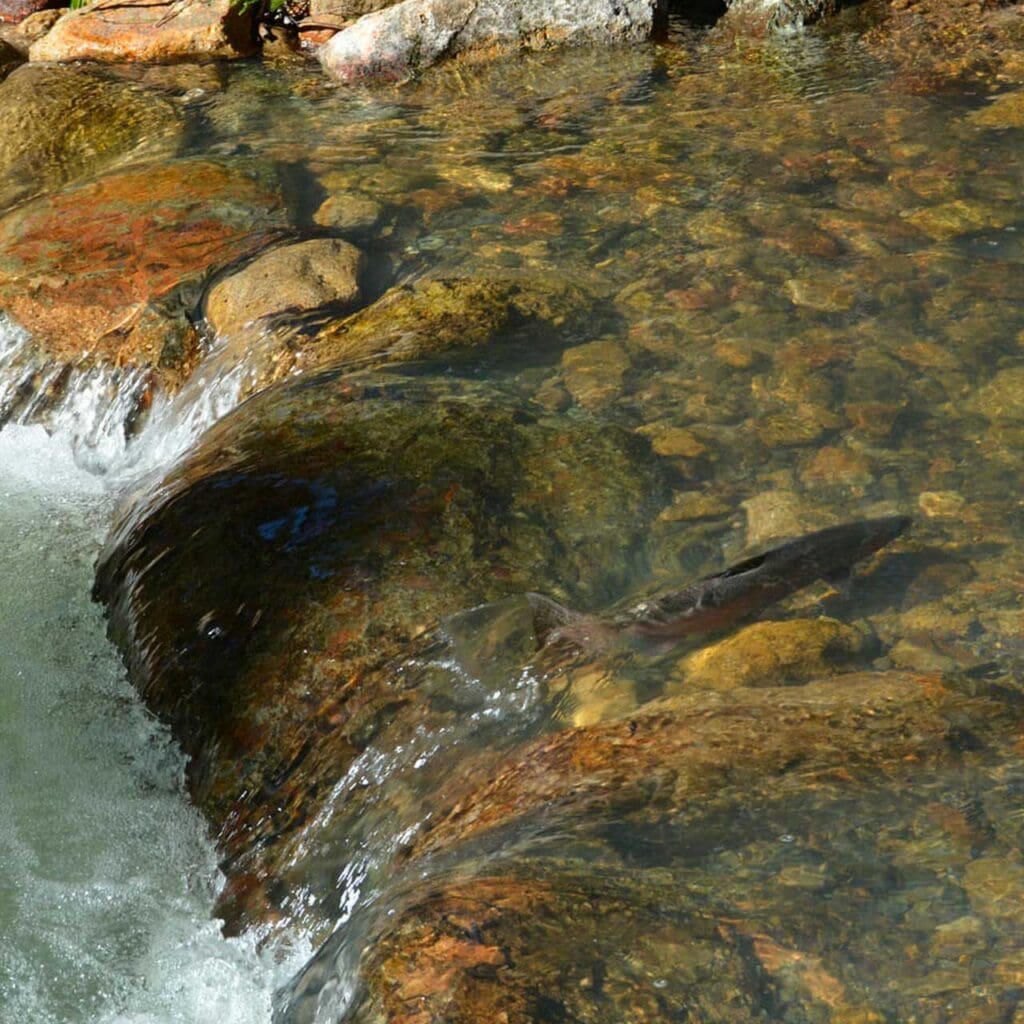
CALIFORNIA: Breaking Down Barriers on the Central California Coast
In California, barriers block Central California Coast coho salmon and steelhead from their historic spawning and rearing habitat. These fish used to support thriving commercial and recreational fishing opportunities, but encroaching development fragmented their habitat. NOAA awarded $6.2M to TU for projects to remove nine barriers on the Eel, Noyo, Navarro, and Big Rivers, with funds dedicated to both the construction and design of barrier replacements. The work will benefit endangered Central California Coast coho salmon, Southern Oregon/Northern California Coast coho, California Coastal Chinook, and Northern California steelhead.
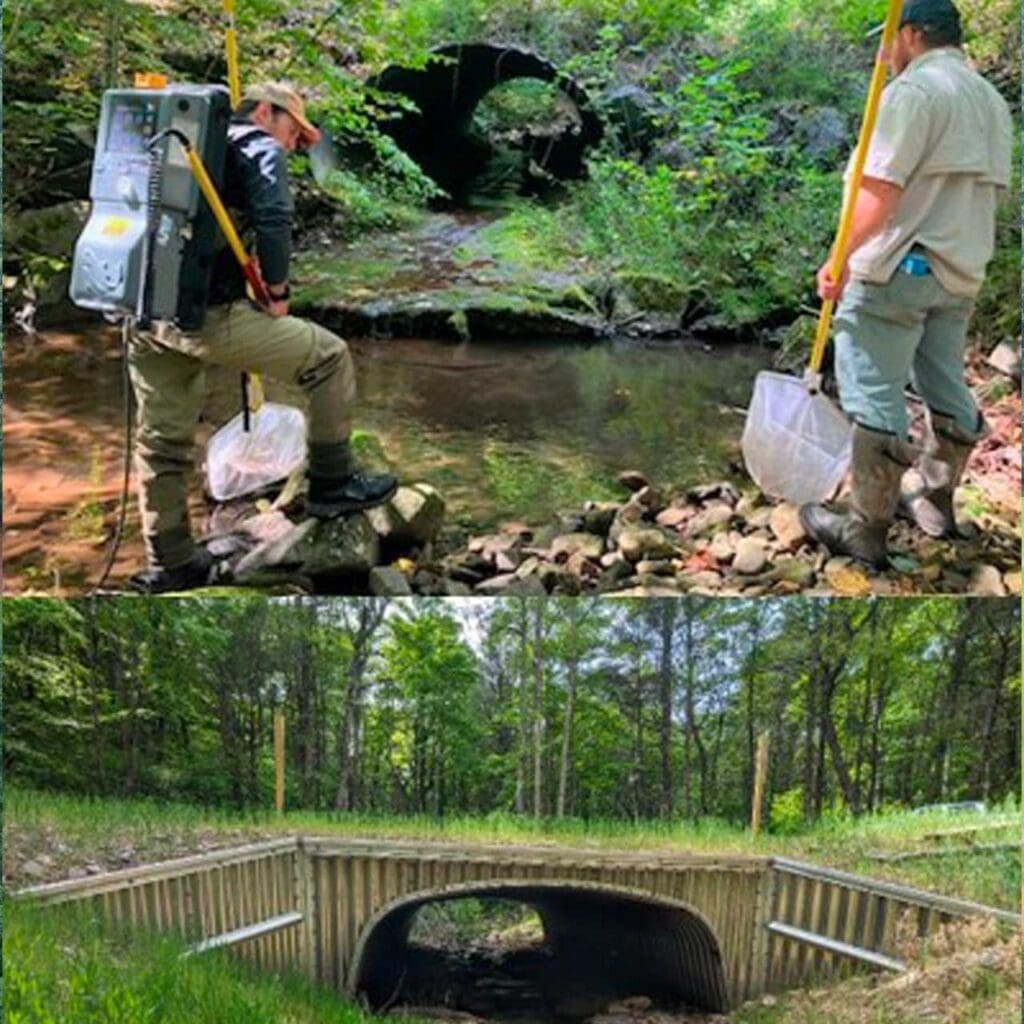
VIRGINIA: Freeing a Stream and Trapped Trout in Virginia’s Mountains
A perched culvert on Virginia’s Railroad Hollow Creek created a pool that trapped 45 brook trout. The stream is a tributary to Skidmore Fork, which feeds into a small reservoir, Switzer Lake, that serves as a water supply source for the city of Harrisonburg. TU’s Virginia team replaced the culvert with a structure through which fish and other stream dwelling creatures could pass, reconnecting the upper and lower stream sections. The upgraded crossing reduces flooding and reconnects a mile-and-a-half of upstream habitat.
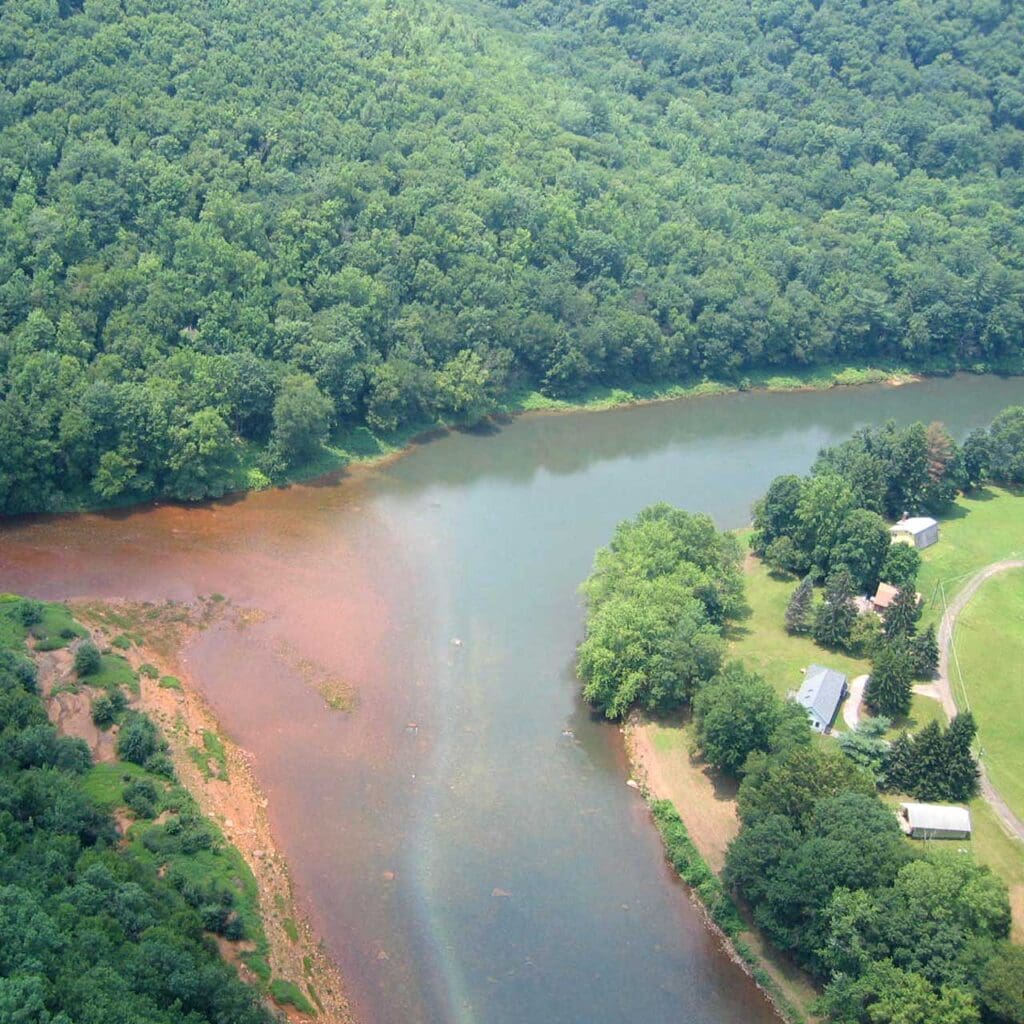
Pennsylvania: Reviving the Life of the Susquehanna
In the West Branch Susquehanna watershed, we are rebuilding passive water treatment systems that will extend the recovery of once-dead streams polluted by toxic mine drainage and help recover native brook trout. As water quality improves, life rebounds.
